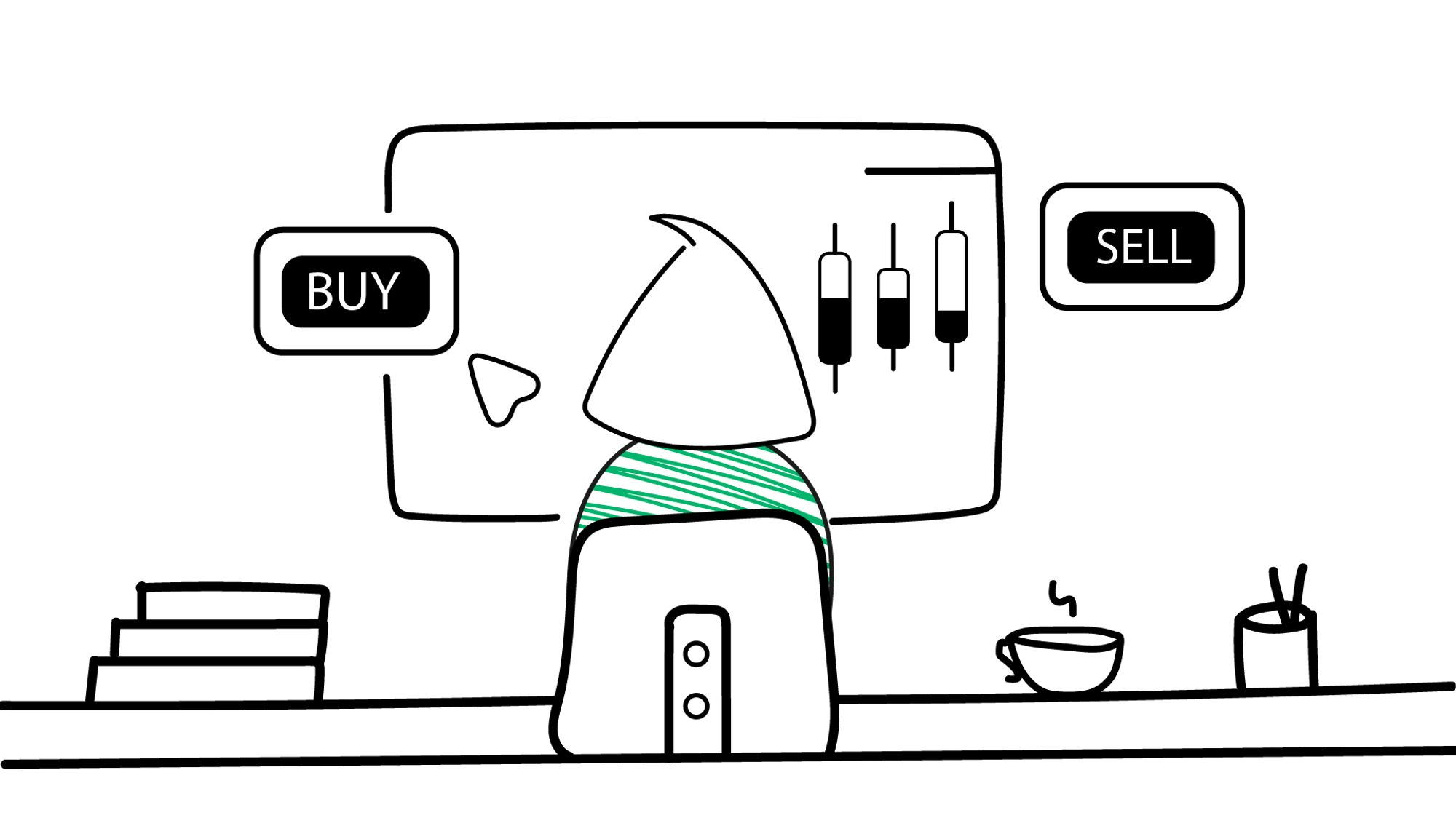Call Option and Put Option

A call option and a put option are two types of options contracts that give traders the right, but not the obligation, to buy or sell an underlying asset at a predetermined price before a certain expiration date.
A call option gives the buyer the right, but not the obligation, to buy the underlying asset at a specific price (strike price) within a specified period. Call options are often used as a speculative strategy to profit from a potential increase in the price of the underlying asset.
On the other hand, a put option gives the buyer the right, but not the obligation, to sell the underlying asset at a specific price (strike price) within a specified period. Put options are often used as a hedging strategy to protect against potential losses in the stock market.
Both call and put options have a premium associated with them, which is the price paid by the buyer to the seller for the right to buy or sell the underlying asset at the strike price. The premium is determined by a number of factors, including the current market price of the underlying asset, the time until expiration, and the implied volatility of the underlying asset
Buying and Selling Options
Options trading can be an excellent way for investors to manage risk and generate profits. A put option and a call option are two types of options contracts that give traders the right, but not the obligation, to buy or sell an underlying asset at a predetermined price before a certain expiration date.
Let's take a closer look at how buying and selling put and call options work.
Buying a Put Option:
A put option gives the buyer the right, but not the obligation, to sell the underlying asset at a specific price (strike price) within a specified period. Put options are often used as a hedging strategy to protect against potential losses in the stock market.
When buying a put option, the trader pays a premium to the seller. If the price of the underlying asset falls below the strike price, the trader can exercise the option and sell the asset at the strike price, thus limiting their potential losses.
For example, if a trader buys a put option on a stock at a strike price of INR 100 for INR 5 premium, and the stock price falls to INR 90, the trader can exercise the option and sell the stock at INR 100, thereby limiting their loss to INR 5 (premium paid).
Buying a Call Option:
A call option gives the buyer the right, but not the obligation, to buy the underlying asset at a specific price (strike price) within a specified period. Call options are often used as a speculative strategy to profit from a potential increase in the price of the underlying asset.
When buying a call option, the trader pays a premium to the seller. If the price of the underlying asset increases above the strike price, the trader can exercise the option and buy the asset at the strike price, then sell it at a higher price, thus generating a profit.
For example, if a trader buys a call option on a stock at a strike price of INR 100 for INR 5 premium, and the stock price increases to INR 110, the trader can exercise the option and buy the stock at INR 100, then sell it at INR 110, generating a profit of INR 5 (excluding transaction costs).
Selling a Put Option:
When selling a put option, the trader receives a premium from the buyer in exchange for the obligation to buy the underlying asset at the strike price if the price falls below the strike price before the expiration date.
Selling a put option can be a way for traders to generate income, but it also carries the risk of having to purchase the underlying asset at the strike price if the price falls below that level.
For example, if a trader sells a put option on a stock at a strike price of INR 100 for INR 5 premium, and the stock price falls to INR 90, the trader is obligated to buy the stock at INR 100, thus incurring a loss of INR 5 (excluding transaction costs).
Selling a Call Option:
When selling a call option, the trader receives a premium from the buyer in exchange for the obligation to sell the underlying asset at the strike price if the price rises above the strike price before the expiration date.
Selling a call option can be a way for traders to generate income, but it also carries the risk of having to sell the underlying asset at the strike price if the price rises above that level.
For example, if a trader sells a call option on a stock at a strike price of INR 100 for INR 5 premium, and the stock price rises to INR 110, the trader is obligated to sell the stock at INR 100, thus incurring a loss of INR 5 (excluding transaction costs).
Conclusion:
Options trading can be a powerful tool for traders to manage risk and generate profits, but it is important to understand the risks and rewards of buying and selling put-and-call options.
Buying a put option can provide protection against potential losses in a bearish market while buying a call option can provide the opportunity for profit in a bullish market. However, buying options also carries the risk of losing the premium paid if the price of the underlying asset does not move in the desired direction.
Selling a put option and selling a call option can generate income for traders, but it also carries the risk of having to buy or sell the underlying asset at the strike price if the price moves against the trader. It is important to carefully evaluate the risks and rewards of selling options and to have a solid understanding of the underlying asset and market conditions.
Learn Option series next reads:



